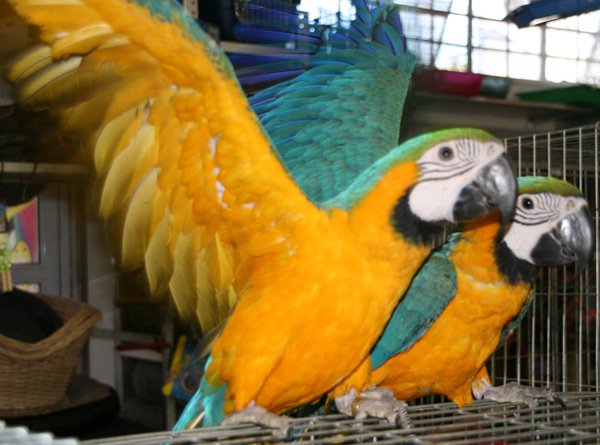
The red panda is a bizzare and cute animal endemic to the temperate forests of the Himalayas ranging from Nepal within the west to China in the east. It will also be found in northern India, Bhutan and the northern Myanmar. Their habitat normally rests in wet excessive altitudes between 1500 and 4800 m.
The common red panda life span within the wild is round eight years whereas the common size from head to body is 50 to 65cm (20 to 26 inches) and a further tail size of 30 to 50cm (12 to twenty inches) and a median weight of 3 to 6 kg. Thered panda is a small arboreal mammal and the only surviving species of the genus Ailurus.Thered panda is not associated with the enormous panda and is manner smaller and lighter,being barely greater (including the tail) than domesticated cats. It has a reddish-brown fur, a long, shaggy tail, and a waddling gait as a result of its shorter front legs. They use their ringed tails as a blanket to protect themselves from the cold temperatures of the chilly mountain heights they reside in.
Purple pandas mainly feed on bamboo, however in general they're omnivorous animals also consuming eggs, birds, insects, and different small mammals. They're solitary animals (except when mating), primarily lively from nightfall to daybreak, and are largely sedentary during the night.red pandas spend most of their lives in trees and even sleep aloft.
Females give delivery in the course of the spring and the summer, usually giving beginning to 1 to four cubs. The cubs stay in their nests for about 3 months, while being taken care of by their mothers. The fathers like different animals do not care about their off springs.
Purple pandas have been classified as Susceptible by IUCN with their estimated population being less than 10,000 grownup individuals (with the most pessimistic estimations being for about 2.500 adults). Even if they're protected by nationwide legal guidelines,red panda numbers continue to say no as a consequence of numerous reasons together with habitat loss, fragmentation, poaching (for fur and pet trading) and inbreeding depression. Furthermore it should be noted thatred pandas have already change into extinct in four of the 7 Chinese language provinces that they may previously be found.
 Six Good Reasons For Making Your Own Dog Treats
Six Good Reasons
Six Good Reasons For Making Your Own Dog Treats
Six Good Reasons
 Cats Being Good House Pets, Give It a Thought!
Cats Being Good House Pets, Give It a Thought!
Cats Being Good House Pets, Give It a Thought!
Cats Being Good House Pets, Give It a Thought!
 How To Train Your Dog To Wear A Muzzle
How To Train Your
How To Train Your Dog To Wear A Muzzle
How To Train Your
 Health Issues Commonly Seen In The Alaskan Malamute
Health Issues Com
Health Issues Commonly Seen In The Alaskan Malamute
Health Issues Com
 Temperament, Personality And Behaviour Of The Australian Cattle Dog
Temperament, Pers
Temperament, Personality And Behaviour Of The Australian Cattle Dog
Temperament, Pers
Copyright © 2005-2016 Pet Information All Rights Reserved
Contact us: www162date@outlook.com